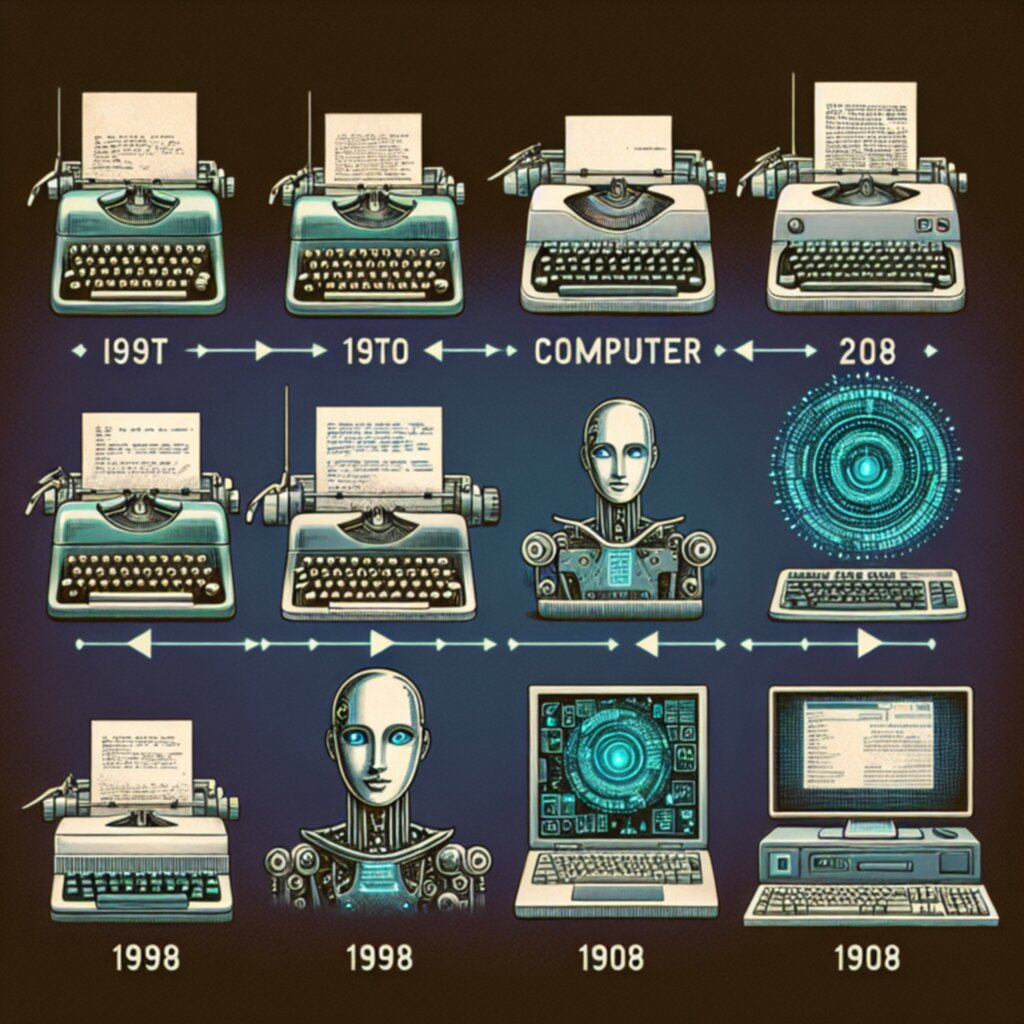Talk to Me: How AI Assistants Are Replacing Typing with Chatting

Talk to Me: How AI Assistants Are Replacing Typing with Chatting - Chatbots Are Evolving into Virtual Assistants
Chatbots have come a long way since they first emerged in the 1960s. Originally designed to have basic conversations, today's chatbots are much more advanced and are evolving into virtual assistants that can understand context and complete tasks. This evolution is being driven by improvements in natural language processing and artificial intelligence.
Modern chatbots leverage machine learning to understand natural language. They can identify keywords and intents behind questions to provide relevant answers, making conversations feel more natural and human-like. Many chatbots are now powered by neural networks, allowing them to continuously improve through experience.
With their linguistic skills, chatbots are moving beyond scripted responses. They can understand varied phrasing of questions on a topic and respond appropriately. Contextual awareness also enables them to have coherent, ongoing conversations instead of treating each exchange as a separate interaction.
This advanced comprehension empowers chatbots to become virtual assistants that can complete tasks through conversations. For example, chatbots integrated into messaging apps can now book flights, order food, schedule meetings, and more based on natural language instructions. Users can simply tell the chatbot what they want instead of having to open additional apps.
Leading technology companies are enhancing their virtual assistants’ capabilities. Google Assistant can now make real-world phone calls for tasks like restaurant reservations. Alexa is able to monitor user habits and make personalized recommendations. Apple's Siri can translate languages in real-time during conversations.
Talk to Me: How AI Assistants Are Replacing Typing with Chatting - Voice Commands for Any Device
Voice control technology has progressed to the point where we can now use our voices to interact with and command practically any device. This hands-free capability offers greater accessibility, convenience, and efficiency. With voice commands, we don't have to be tethered to screens and keyboards to accomplish tasks.
Voice command capabilities are being added to a growing array of devices from TVs to appliances to automobiles. Manufacturers recognize that voice control offers a natural and intuitive user interface. Rather than navigating complex menus and buttons, users can simply speak requests plainly.
Smart speakers and virtual assistants like Amazon Alexa, Google Assistant and Apple's Siri allow us to interact through conversation with Ai. We can check schedules, set reminders, control smart home devices, stream music and more. The AI quickly interprets requests and responds conversationally.
Wearables like smartwatches and fitness trackers feature voice commands for tasks like setting timers and alarms, dictating messages and controlling music playback. Users can conveniently give voice commands to their devices without needing to use their hands or look at a screen.
In the auto industry, voice command systems allow drivers to keep their eyes on the road. Systems like Ford's Sync recognize natural speech to adjust temperature, navigation, entertainment and perform other tasks. The AI can determine context to respond appropriately and reduce driver distraction.
For those with disabilities, voice control provides empowerment and independence. Commands can be given hands-free to control motorized wheelchairs, adjust beds and call for assistance. Environments can be controlled through voice with AI systems like Josh.AI that convert speech into actions. Voice control gives those who cannot use traditional interfaces full control over devices.
Talk to Me: How AI Assistants Are Replacing Typing with Chatting - The Future is Hands-Free
The increasing sophistication of voice technology points to a future where we can go hands-free, interacting with devices through natural conversation versus tactile controls. This has profound implications for improving accessibility, efficiency, safety and overall quality of life.
For those with disabilities, voice control provides greater independence and empowerment. Amy, an avid painter paralyzed from the neck down, uses voice commands to adjust her wheelchair, mix paints and control an adapted brush prosthetic. Thanks to voice AI, she pursues her passion without limitation. Parents of children with autism also use voice assistants as therapeutic tools to foster communication and daily living skills.
Beyond accessibility, voice technology allows us all to multitask more efficiently.commands allow drivers to keep their eyes on the road for safety. Doctors can take notes or reference records without breaking scrub for hygiene. Factory workers can query step-by-step instructions or supply inventory hands-free. We can cook, clean or exercise without pausing music and podcasts.
Consumer enthusiasm for voice technology is apparent. Smart speaker ownership grew nearly 60% in 2021. Adoption is strong across ages as people enjoy the convenience, with highest use among young adults. Tech companies are incentivized to refine voice AI - Amazon projects Alexa could produce $19 billion in yearly revenue by 2024.
Pilot studies reveal the potential. Hospitality students using voice commands in the kitchen were able to simultaneously cook different dishes 32% faster. Voice UIs may increase multitasking productivity up to 40%. converting thoughts into speech is three times quicker than typing with substantial accuracy.
More Posts from specswriter.com:
- →Robo-Docs: How Artificial Intelligence is Revolutionizing Healthcare
- → The Quick and Profitable Guide to Making $3,500 from Scratch
- →From 95 to Thriving at 24: How One Guy Turned His Finances Around
- → Overcome Your Fear of Holes with this One Weird Trick
- →Captain AI: Project Managers Assemble Your Tech Toolbelt for 2024
- →The Winding Road from Offer to Onboarding: A Lighthearted Romp Through the Hiring Process